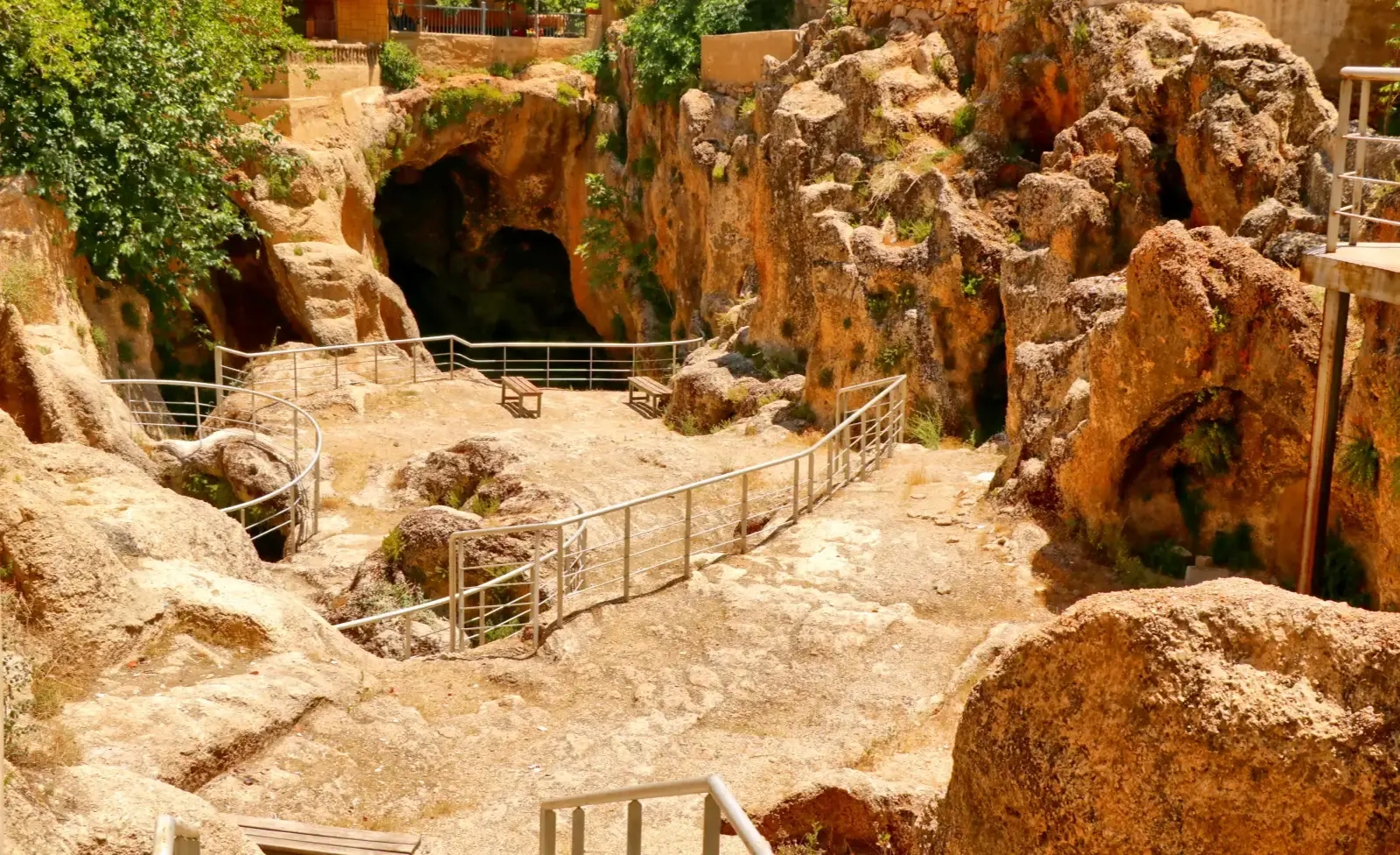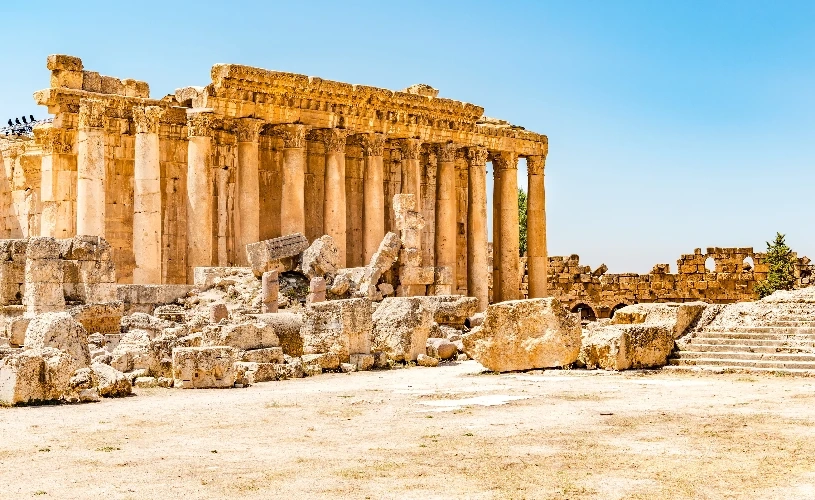Moghr El Taheen
Overview
Characteristics and classifications
All Reviews (0)





HomeWIKIMOOVCulture & Heritageroject led by UN-Habitat Leaflet

Baalbek, from the Jurd to the Roman temples
Art & CultureBlogFamily FriendlyOut & AboutIndulgeThe Great OutdoorsA Word from the ExpertsSlow TourismPersonalized tripWIKIMOOVExperiencesEventsTrailsFind a GuideMagazineCraft & Local ProductsCulture & HeritageFood & DrinksAccomodationLeisure & EntertainmentNatureOutdoor Activities CentersReligious sitesSnow Activities CentersFamous & useful placesWater Activities CenterWellbeingBusiness PlatformJoin MOOVTOOBecome a MOOVTOO guideBecome a MOOVTOO HostI've read and I accept MOOVTOO's Privacy and Cookie Policy What is MOOVTOO ?PartnersContact usFAQLegal MentionsData Protection PolicyTerms and Conditions
What is MOOVTOO ?PartnersContact usFAQLegal MentionsData Protection PolicyTerms and Conditions